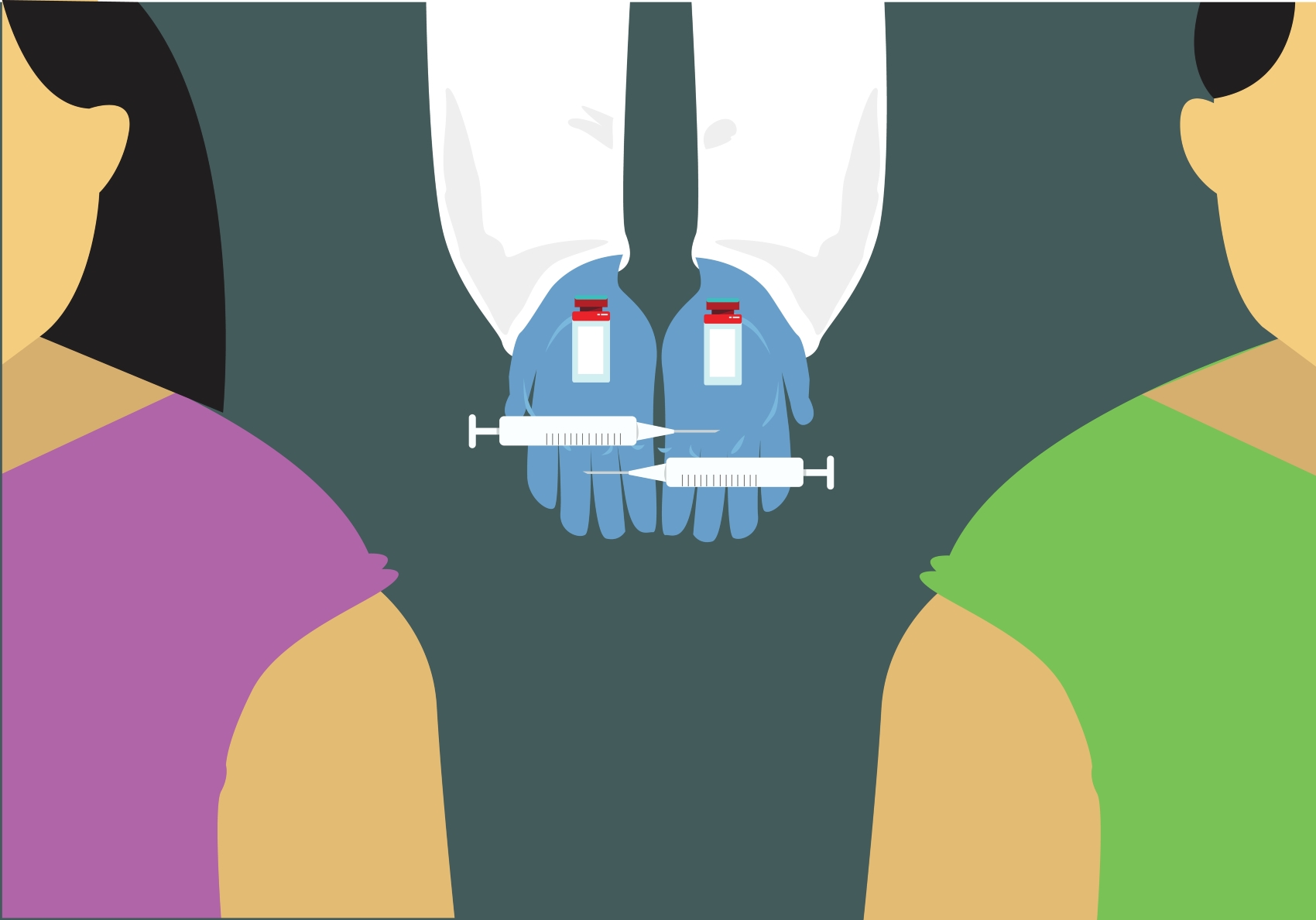As recently discussed in a panel moderated by G3 Life Sciences’ president, Amanda Ryan, diverse patient populations and accessible clinical trials are essential to ensuring that medications are safe and effective for everyone.
Building gender equality into clinical trials from the start is one key method for creating this diversity.
Currently, women are widely underrepresented in clinical trials. Until they are included in studies, medications will continue to be made primarily for men, and women will continue to suffer the consequences.
The Figures
Female underrepresentation in clinical trials stems from a long history of excluding women from medical knowledge and care.
For decades, men were considered the “universal model.” Medical textbooks often defaulted to male anatomy and case studies as women were generally only included in reference to reproductive biology.
The hormonal fluctuations women experience from month to month and potential pregnancies were considered complicating factors and used as reasons to not include women in clinical trials. While precautions should be put in place to protect women in trials, this kind of wide restriction on a large group of people does not serve public health interests and severely limits data on safety and efficacy of medications for female populations.
“How do we ensure that historically underrepresented groups in research are represented?
–Luke Gelinas, in the discussion panel for Enabling Diversity & Inclusion in Clinical Trials
A good case in point here is pregnant women, who for years, and decades even, were widely excluded from research (and not just Phase 1 research, Phase 2 and Phase 3 research as well). I think now we’re in a position where we often lack knowledge about how these products that are approved affect pregnant women, about risk and benefit profiles and the safety of products in pregnant women, and that’s I think a big problem.”
Even when women are included in clinical trials, results are often not identified by sex and individual attention is not paid to women as a group. This results in a lack of understanding of how medications specifically affect them.
A 2018 review of 107 NIH-funded trials (which enrolled both men and women) found that only 26% reported even one outcome by sex. 72% did not include sex at all in their analyses.
This lack of data surrounding women often leads to them being prescribed the same dosage as men, which can lead to serious risk of overmedication. Women experience adverse drug reactions (ADRs) nearly twice as often as men, but the exact role that biological sex plays in these ADRs is still not well understood.
Millions of women are being put at risk because of the lack of gender equality in clinical trials. Until we make a change, they will continue to feel the consequences of this inequality.
The Solutions
Diverse and inclusive trials are clearly the answer to the lack of female representation and information in clinical settings. But how exactly can we get there? What are some tangible actions we can take to make a difference?
The first step is to put yourself in a patient’s shoes—what could prevent her from participating in a clinical trial? Does she speak English as a second language? Does she have the time or resources to leave work and go to the trial site?
Making trials digitally accessible instead of requiring in-person visits, providing patients with travel reimbursement, and ensuring that translated materials are on hand are all crucial steps to bringing more women into clinical trials. Accessibility is the key to inclusion, and, in turn, diverse and equitable trials that provide us with copious data and safe and effective medications.
The core of how to improve gender representation in clinical trials is much the same as how to combat sexism in all forms; it is time to focus our attention on the issues women face that have been long neglected. From discrepancies in income and workplace opportunities to immeasurable hours spent on unpaid “invisible” labor, women face a barrage of inequalities across the societal spectrum.
So, let’s focus the lens. Actions like the recent Gates Foundation commitment of $2 billion toward gender equality can help us bring the necessary care and attention to women who have historically been ignored or mistreated. G3 is a woman-owned company that is proud to offer a variety of accessibility and diversity-focused clinical services, and we want to help you bring tangible change to women’s health and improve patients’ lives. To learn more about how to work with us, contact us today.
